October can be a special time on New York's Salmon River. Runs of chinook and coho salmon are usually in full swing and big brown trout and steelhead often have begun entering the river in numbers. But, it isn't just the fish that make the Salmon special. The people of the Salmon River are as unique as each fish that swims through its waters. Where else can you find a fly line hanging at a hard 90 degree angle from the tip of a fly rod as a fly-less hook dangles beneath 6 ounces of weight strapped to 40 lb test, operator standing merrily above a deep pool, hoping to "entice" a fish from its depths?
I'd venture to say that, outside of Alaska, few places see more salmon hooked than the waters of the Salmon River. The residents of its banks have become incredibly adept at identifying choke points on the river in order to drift egg and other patterns, "chuck-and-duck" style (as upstate New Yorkers affectionately call it), to salmon as they navigate their way through crowded waters. Low water, such as conditions that we met a couple of weeks ago, make this practice significantly easier and can result in big number days.
What's left for the stubborn fisherman who prefers to look down his nose at these proven methods and persist at searching for takes on swung flies? Often, little. While the rest of our party moved on to "nymphing" with egg patterns once the sink tip bite had proven to be decidedly not on, I continued to bang my head up against a wall for two and a half days. Hell, some people will tell you that Great Lakes kings won't take a swung fly at all. This isn't true. Still, after two days of changing tips, flies, tracking angles and more; only to yield a few convincing tugs and nothing more -- it might just have been time to find a choke point and a slinky.
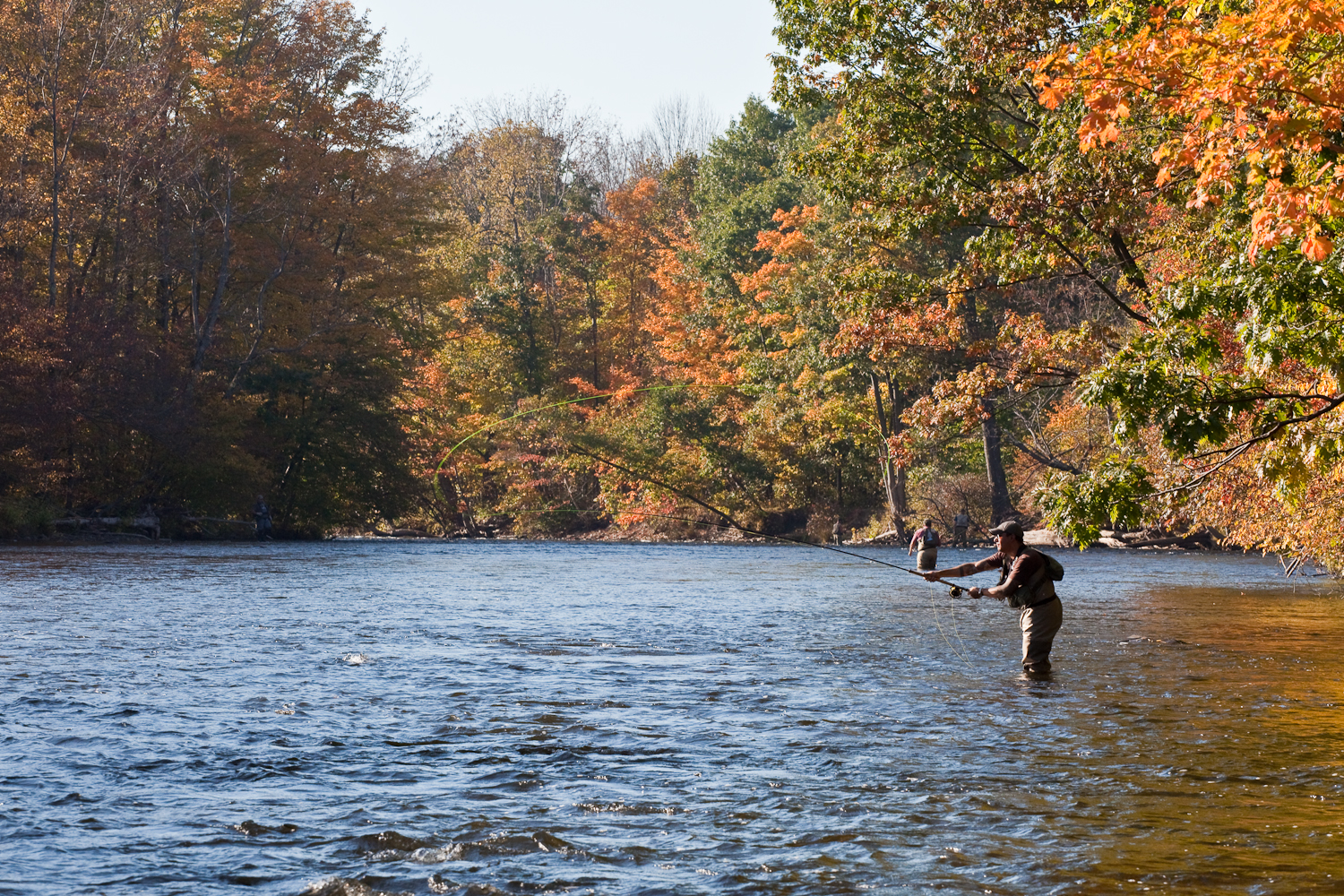
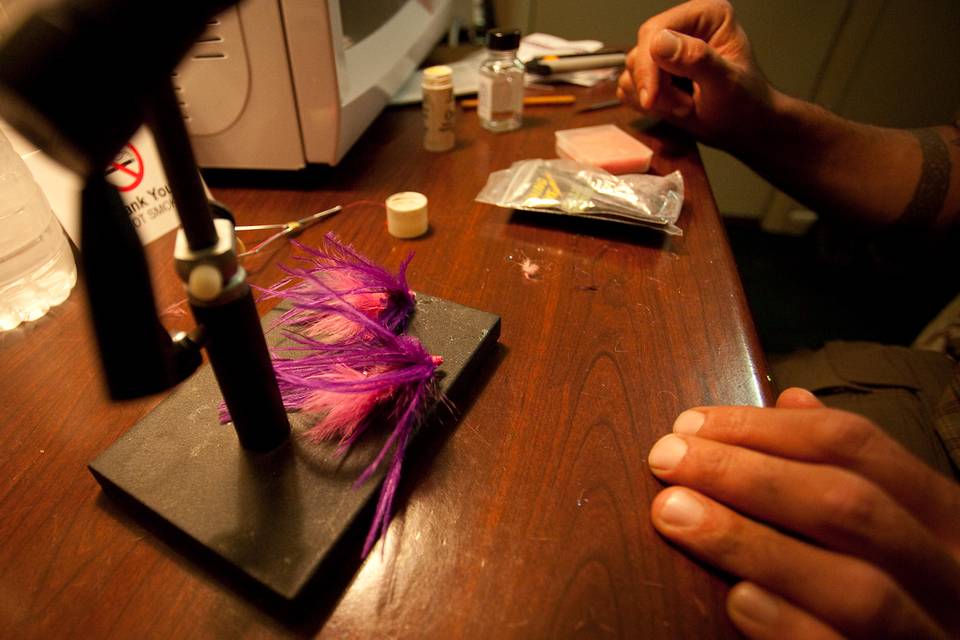
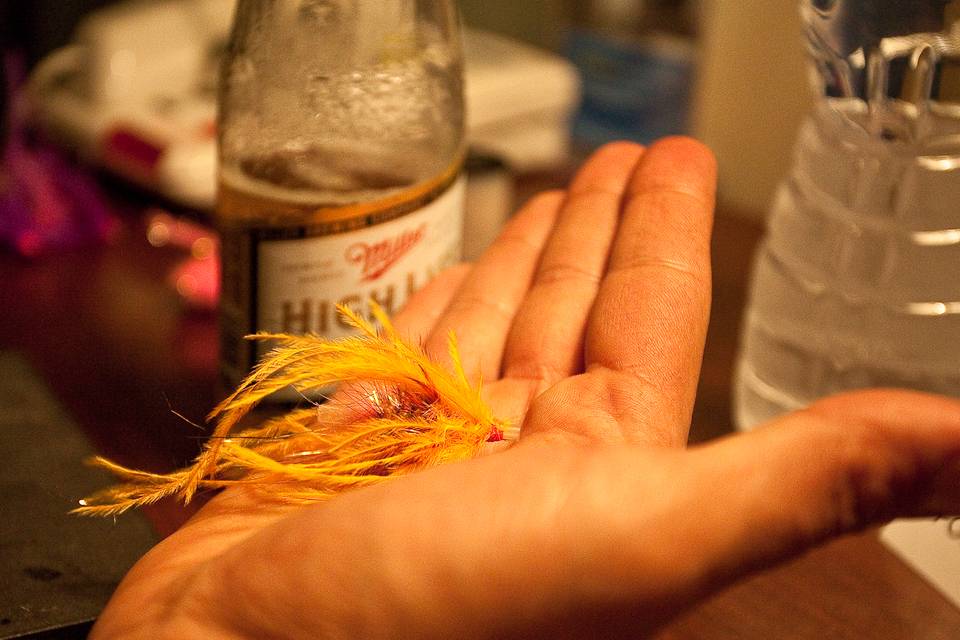


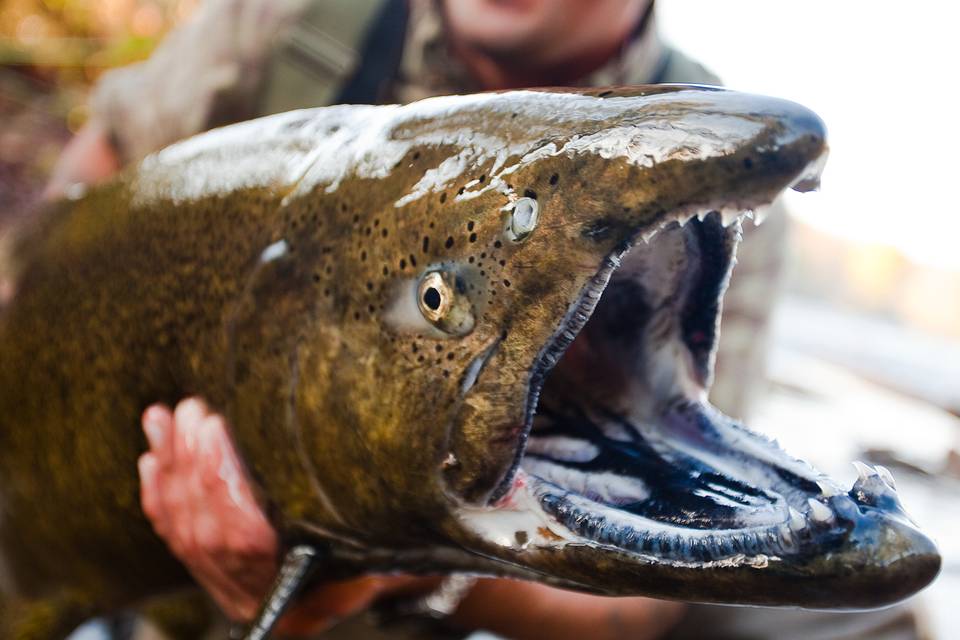
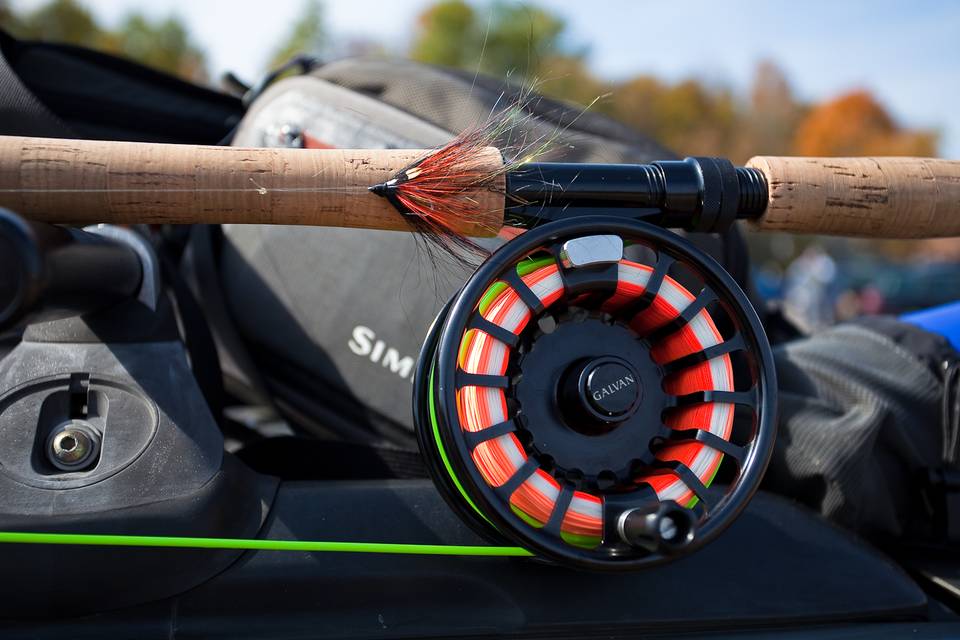
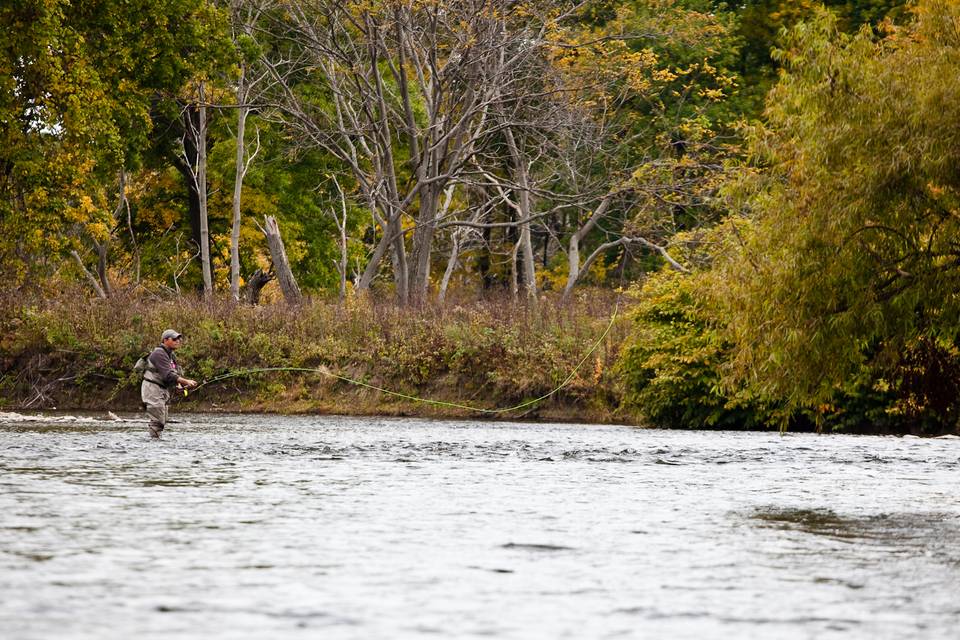
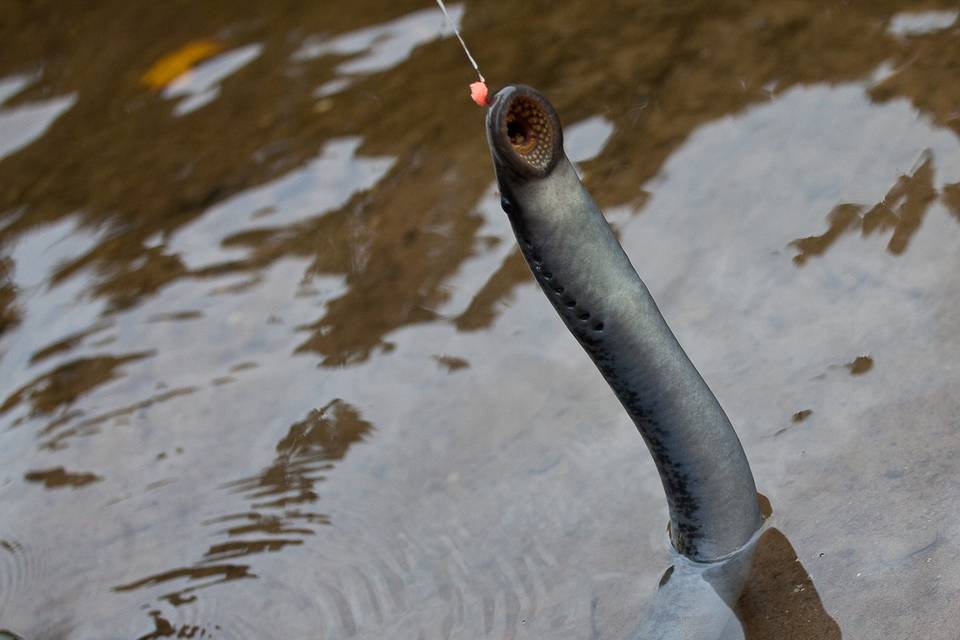




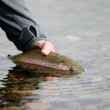





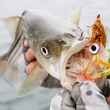
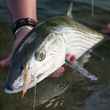
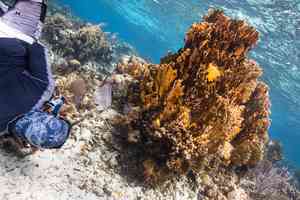






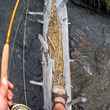

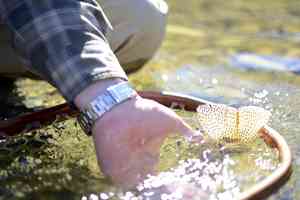
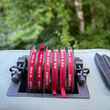



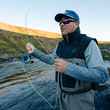
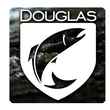

Comments